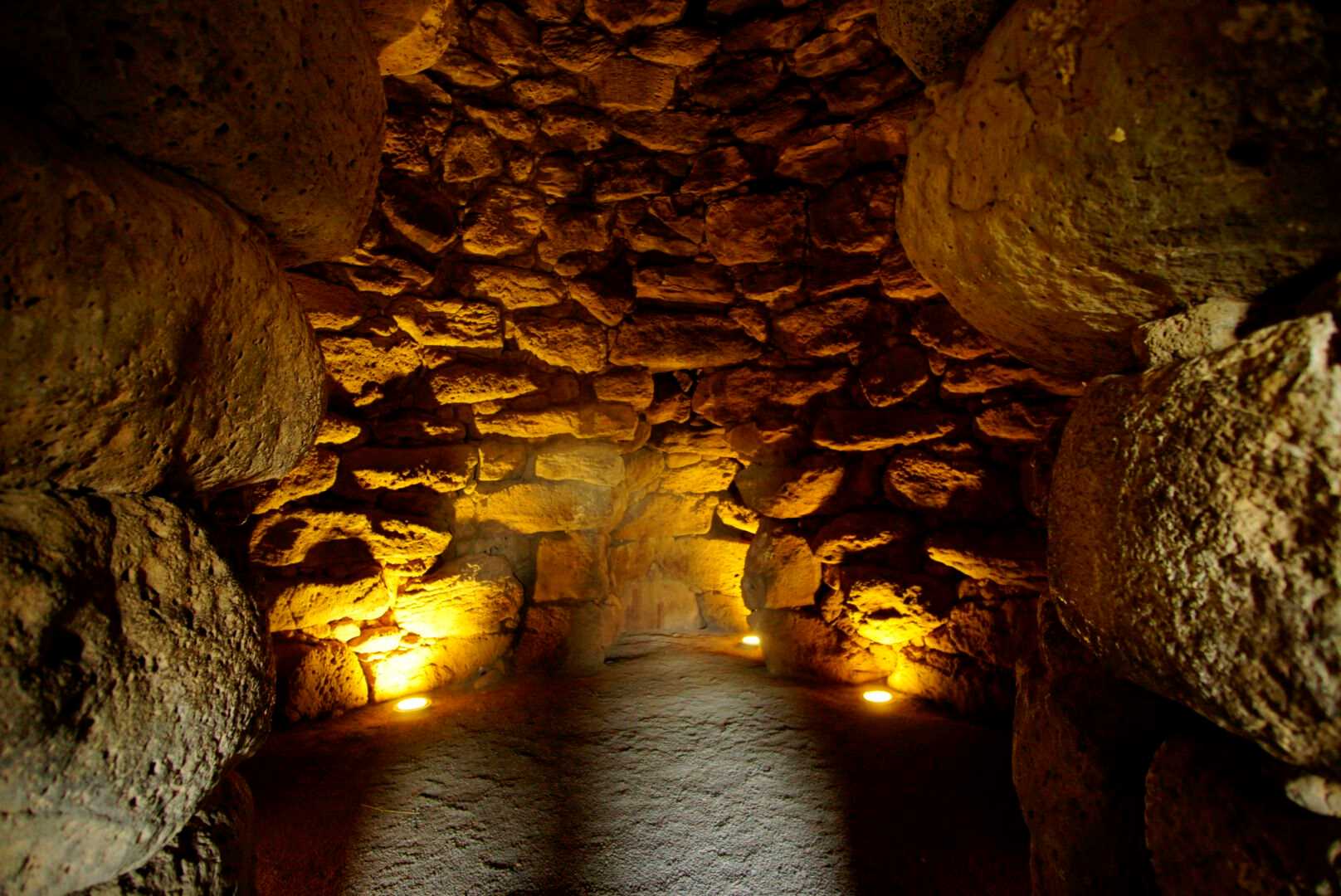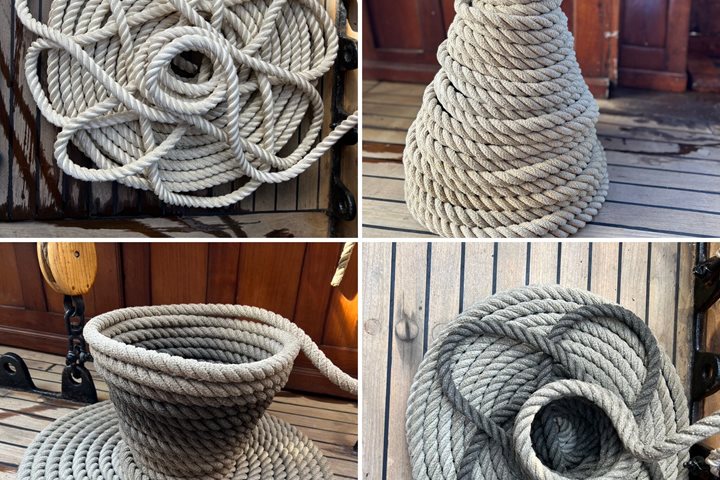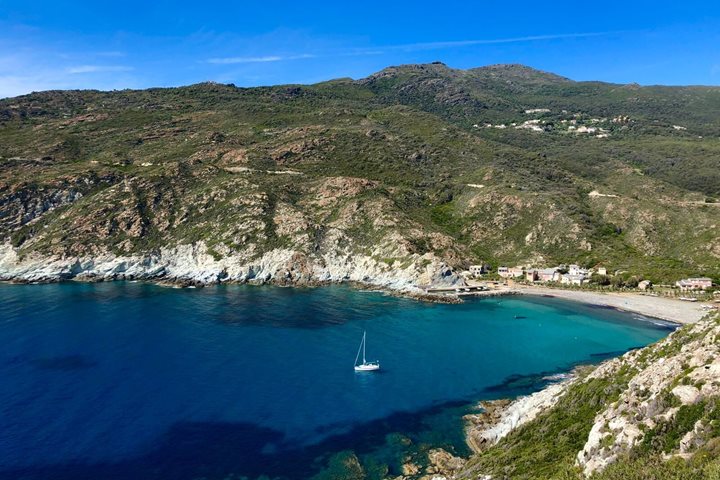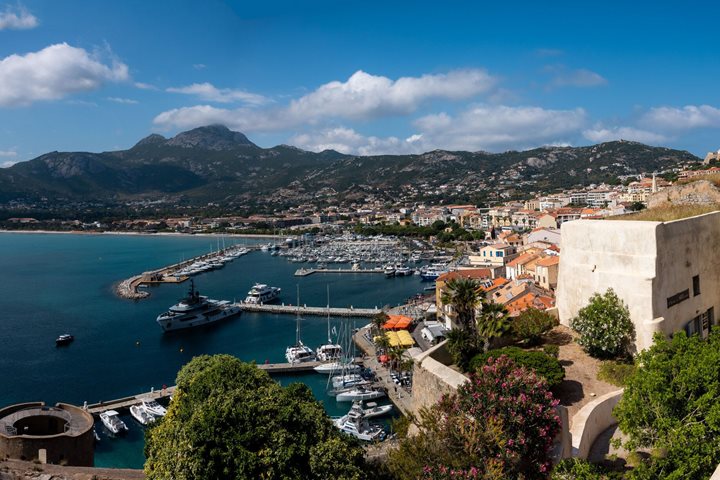The beautiful Sea Cloud displays her sails in the morning as we move along the western coast of Sardinia to our new destination, Oristano. While I enjoy the views, I cannot believe that I am finally visiting an island that has been in my imagination for two decades. Not only because this is a melting pot for several civilizations, but because it is a place where women have played an important role in its history. For example, the first Italian to receive a Nobel Prize for Literature (1926) was Grazia Deledda, a native of Sardinia.
Eleanora of Arborea enacted a code of law in effect on the island from 1395 until 1827. Which, among many modernizing norms, gave daughters and sons the same inheritance rights. And it seems that even from the times of the enigmatic Nuragic civilization, there was a deep respect for femininity, in the cult of the mother-goddess, a symbol of fertility.
We can confirm it in the afternoon when we visit the well of Santa Cristina. The whole complex, when looked up from the air, seems to have been built in the shape of a womb. In this sacred place, the Nuragic people probably came for purification rites during religious ceremonies. Our superb guide, Paola, shows us the different constructions that probably hosted the pilgrims that came from far and wide with offerings, from animals to bronze statuettes. The festivals may have lasted days, but the most important thing was to descend the 25 steps into the well to touch the purifying water.
Everything about this civilization is mysterious. Why are the rocks leading into the well so perfectly cut? Basalt in symmetric angles, precisely measured, for walls around and in other constructions are like towers – never as polished or as sharp. It is as if they belonged to two different civilizations.
Much later, in the 11th century, the bigger boulders were used for the building of the church of Santa Cristina. However, the magnificence of the well, its perfection, still leads us into contact with an element that should still be treated as sacred, water.
The next visit takes us to Nuraghe Losa, another impressive tower looking like a solid trapezoid, from the 11th century BC. Many questions come to mind about the enigmatic Nuragic people. Did other civilizations write about them? Why did they stop building the round towers by the end of 1000 BC? We can walk to the very top of this one and enjoy the view of the valley, the “Canpidano oristanese.” We distinguish a few cork oaks and learn that Sardinia is second after Portugal in the production of cork in the world.
Dinner this time is at a local farm, “Agriturismo Archelao,” where we taste the delicious specialties from the island, like suckling pork, lamb, and pecorino cheese, with local wines and finishing with a magnificent aromatic liquor called “Mirto rosso,” produced by macerating the berries of myrtle (Myrtus communis). We also enjoy folk music, and even join in the dancing.
We head back to the ship passing again by the Lagoon of Santa Giusta and its little church built on the reclaimed land of the marshes. The sweet taste of myrtle is still on my lips, the music of “balu tundu,” the round dance, makes me smile. Sardinia is in my heart.







